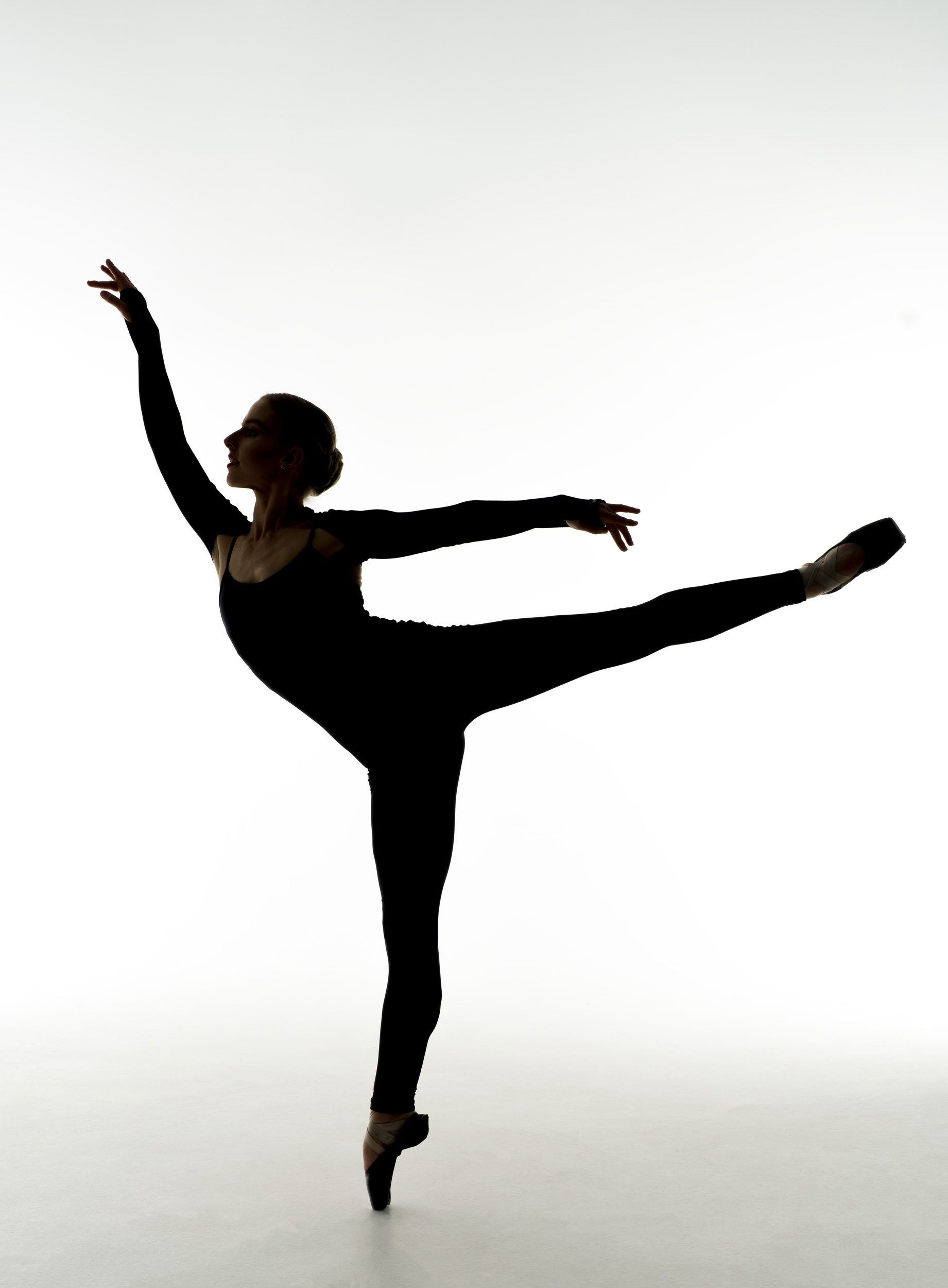Renee joins us again, helping me show you what the A1 can do with studio flash. Last time you saw her dancing in natural light (and you will see some more of that later). This time, though, it is studio flash, on the classic white cyclorama. I deliberately chose an assortment of images with varied lighting; I moved my lights around, including putting a large key light off to camera right. I even included some where I triggered only the rear lights to give a silhouette-like result.
Every one of these images was shot using the Sony 50mm f1.2 GM (at f/8) and the Sony A1 (at 1/200). I have put them into a gallery so you can click on them to see them full-size.
Please click on any photo to view in a lightbox. Use arrow keys or swipe to navigate.
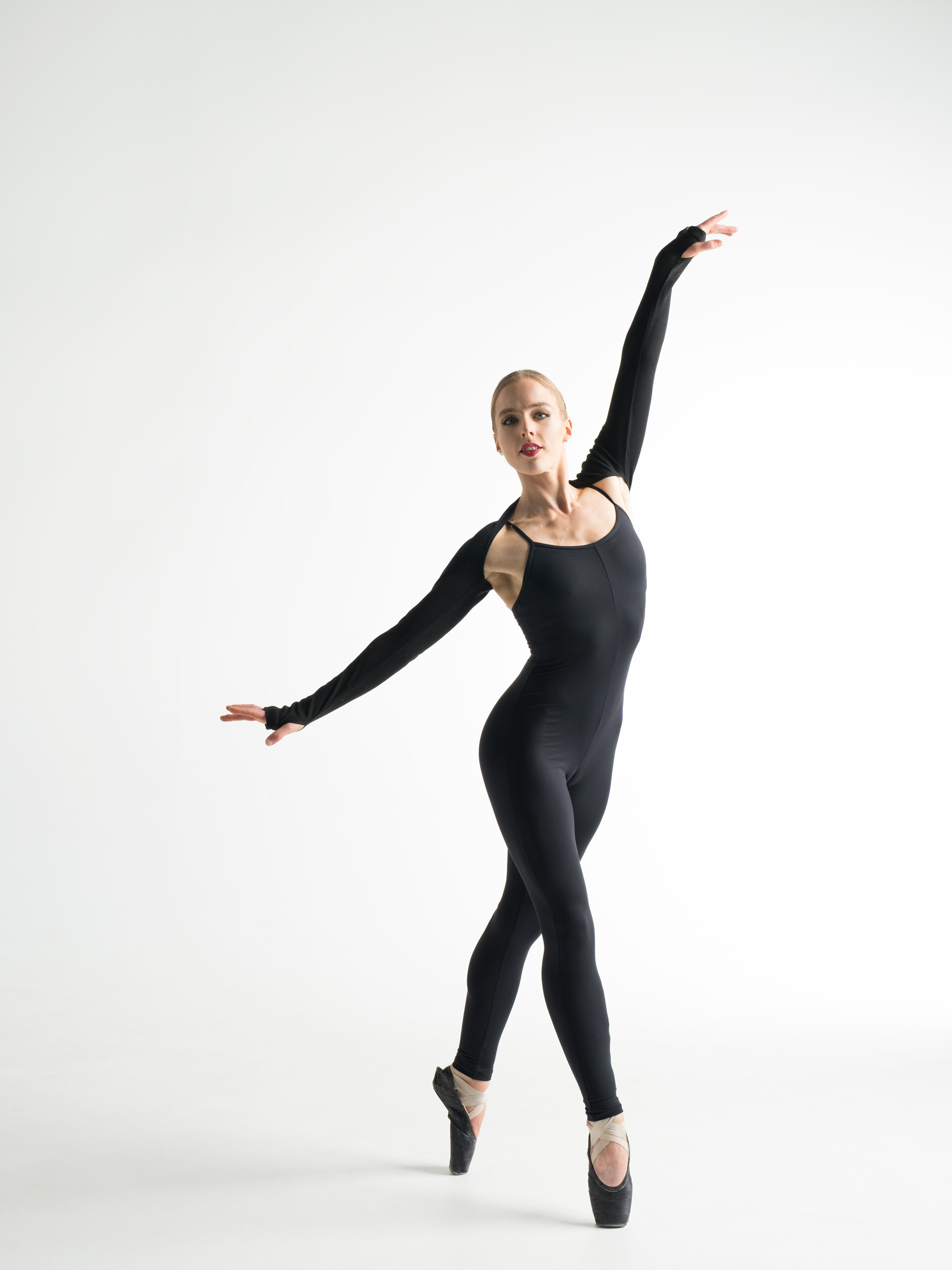 a1_74588c_2500
a1_74588c_2500 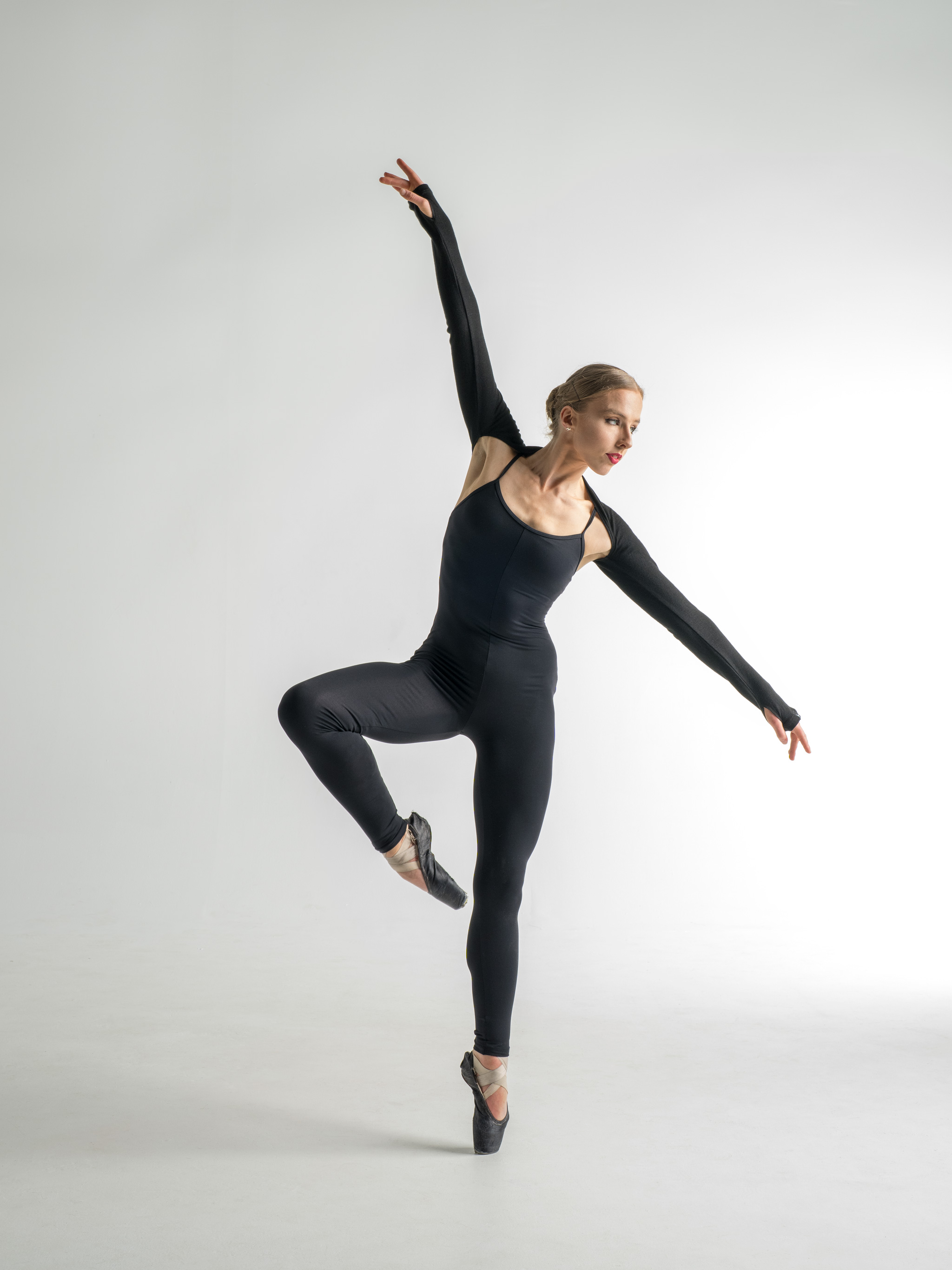 a1_74682i2
a1_74682i2 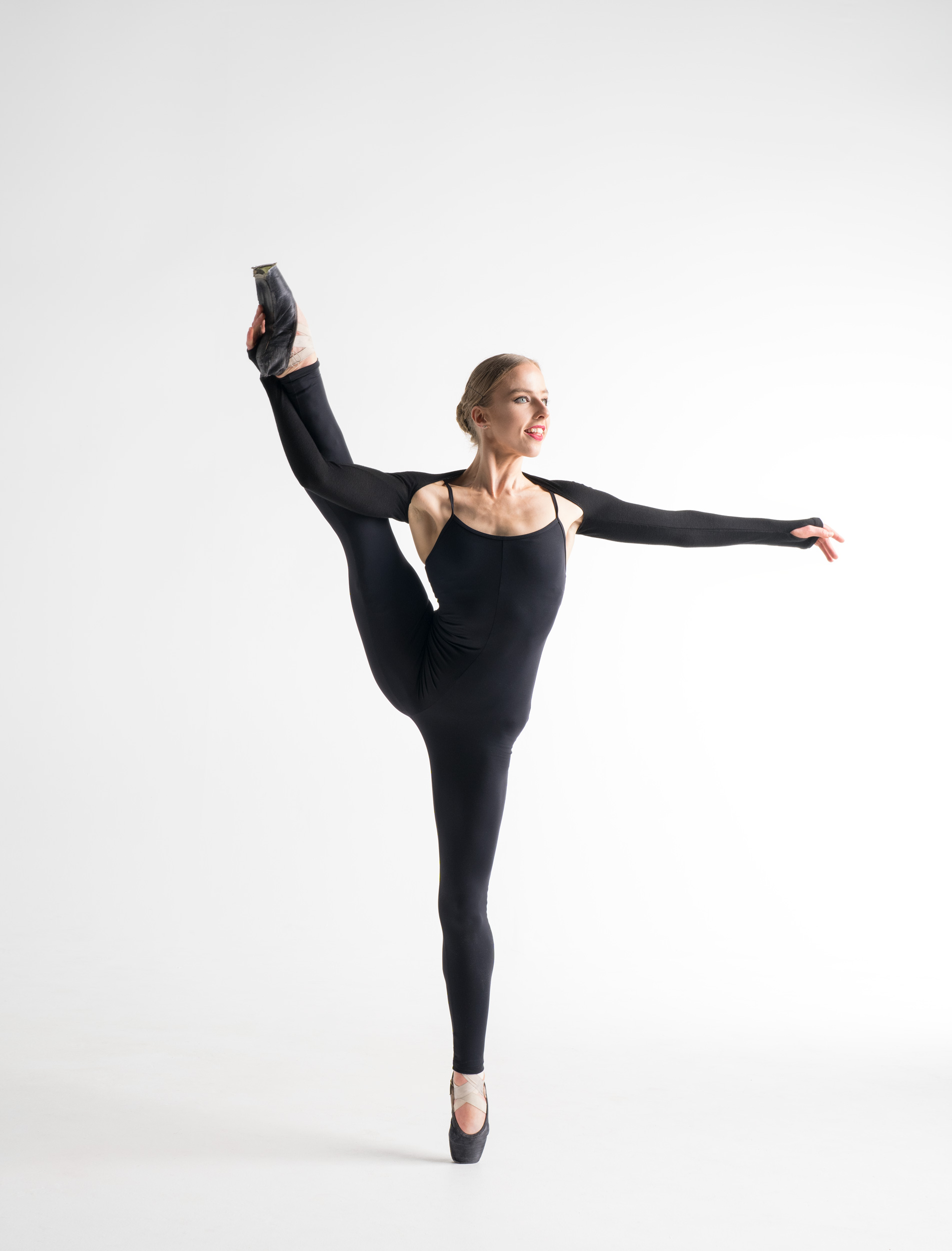 a1_74701c_2500
a1_74701c_2500 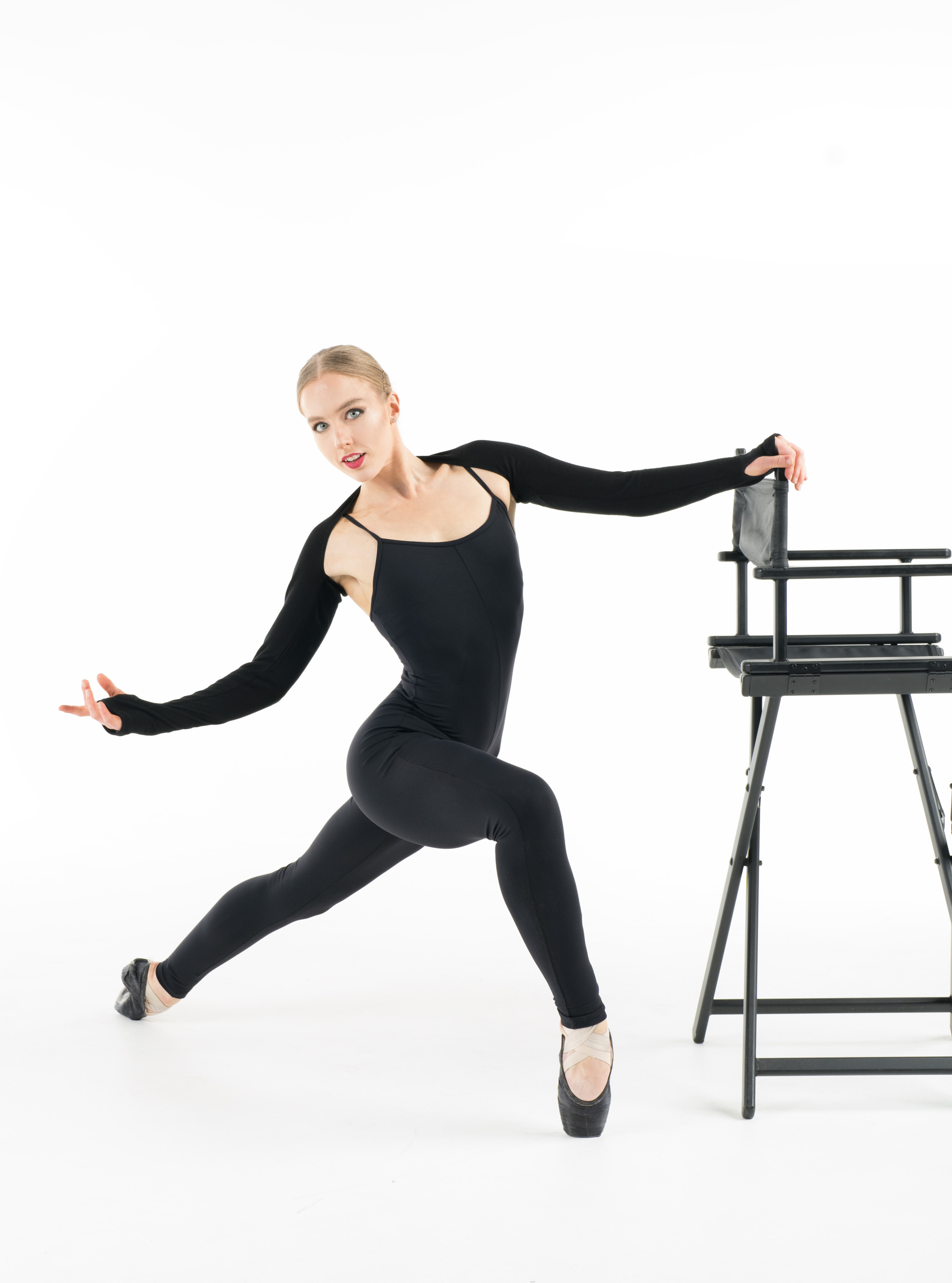 a1_74749c_2500
a1_74749c_2500 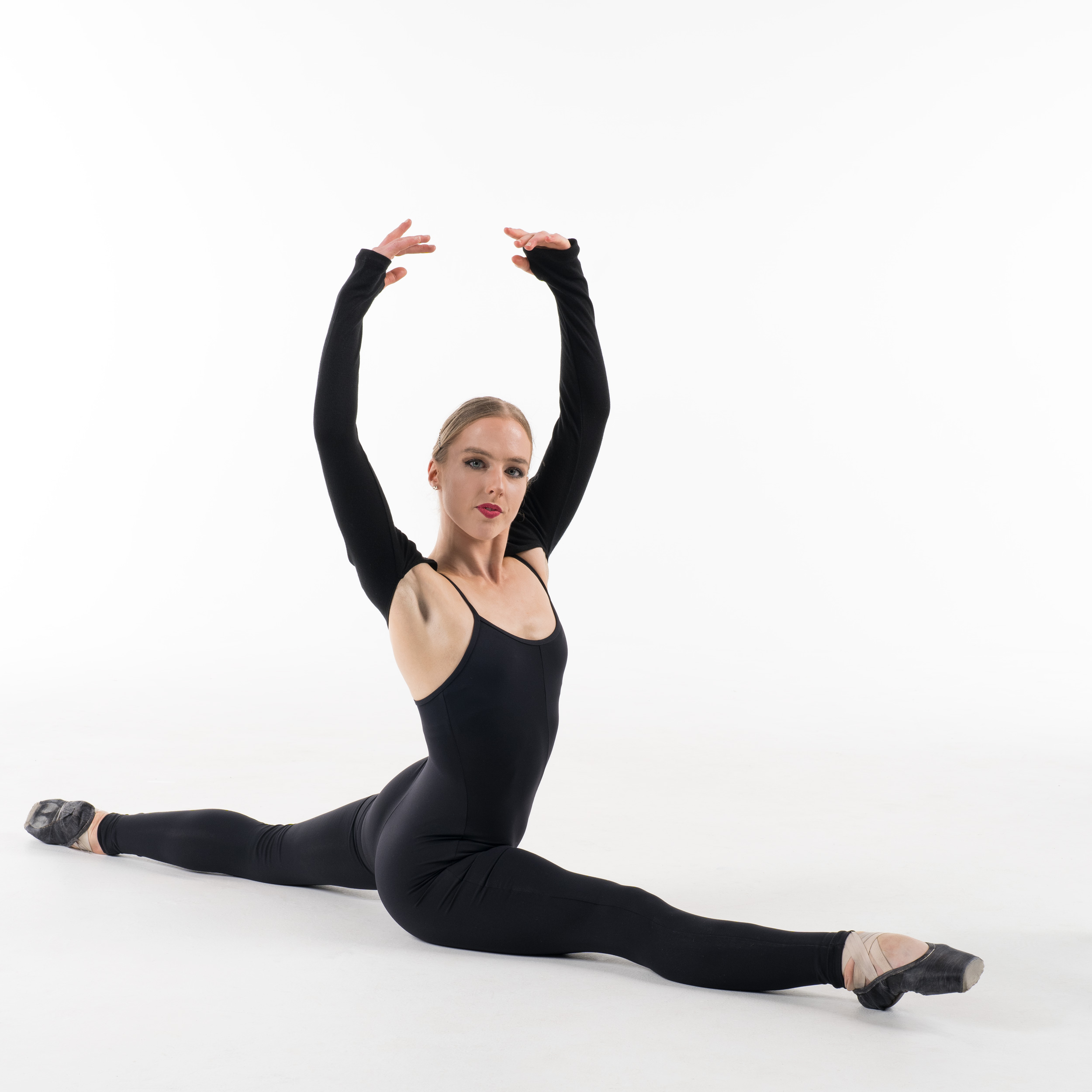 a1_74768c_2500
a1_74768c_2500 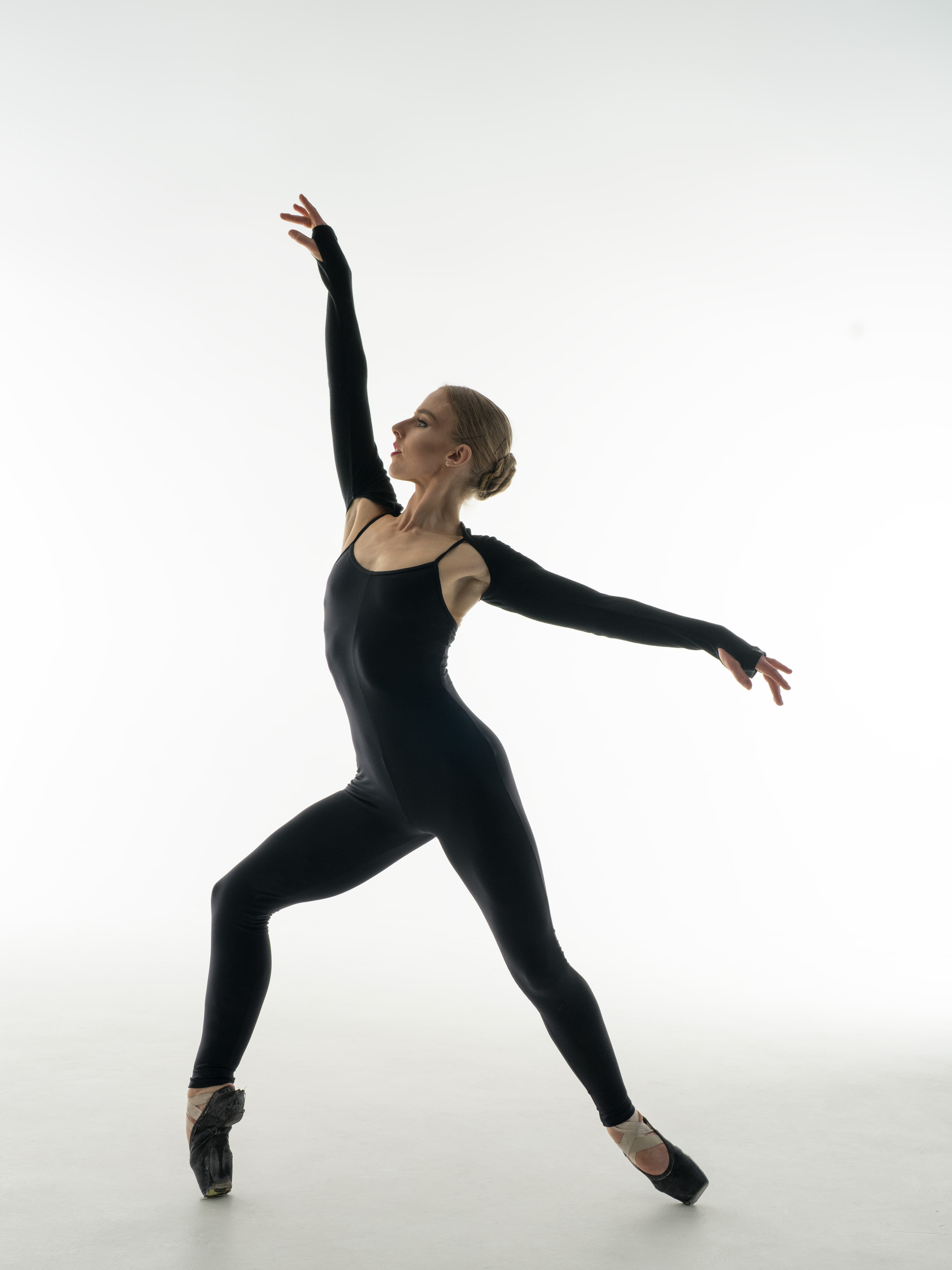 a1_74847ci2
a1_74847ci2 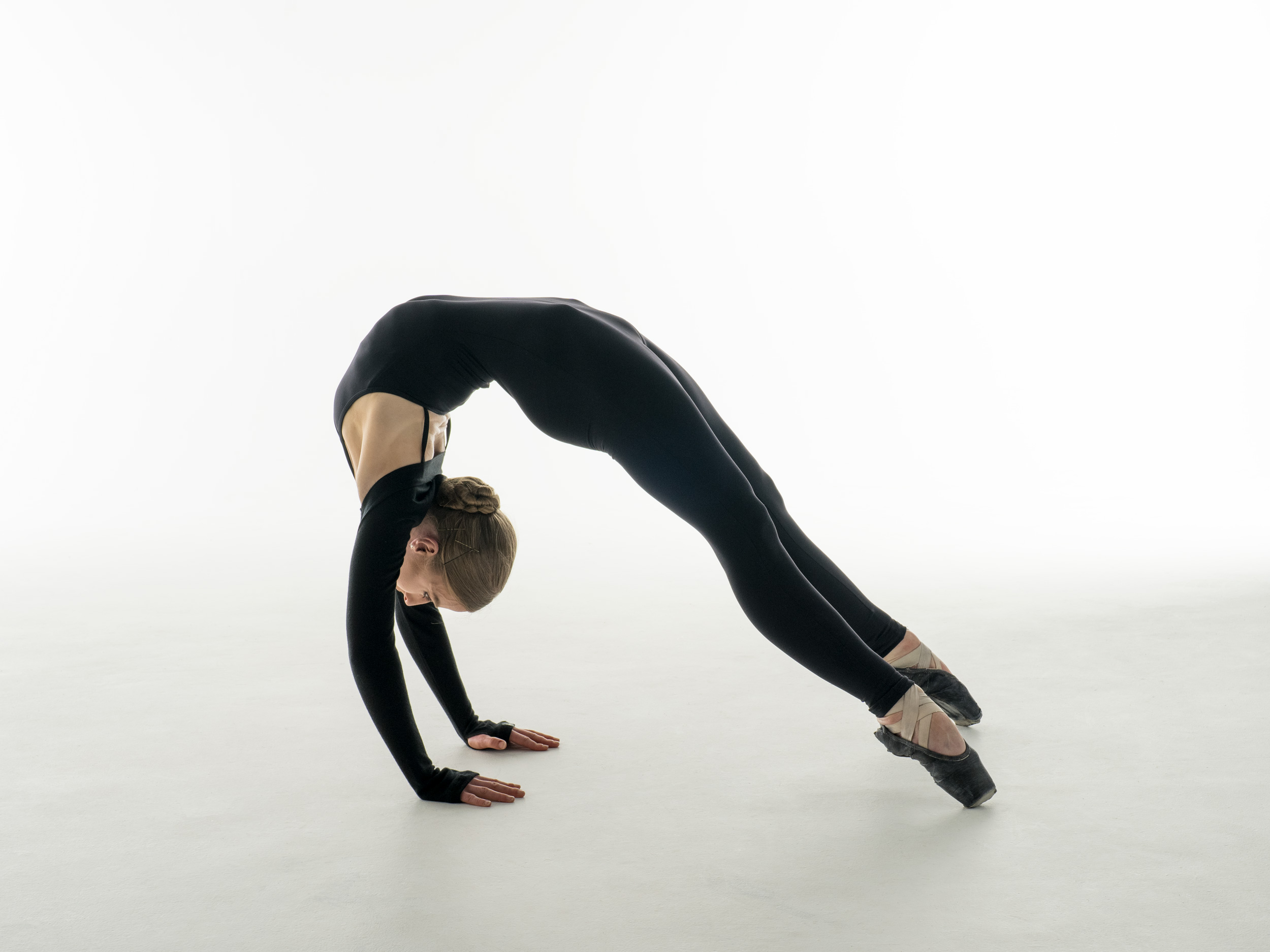 a1_74880c_2500
a1_74880c_2500 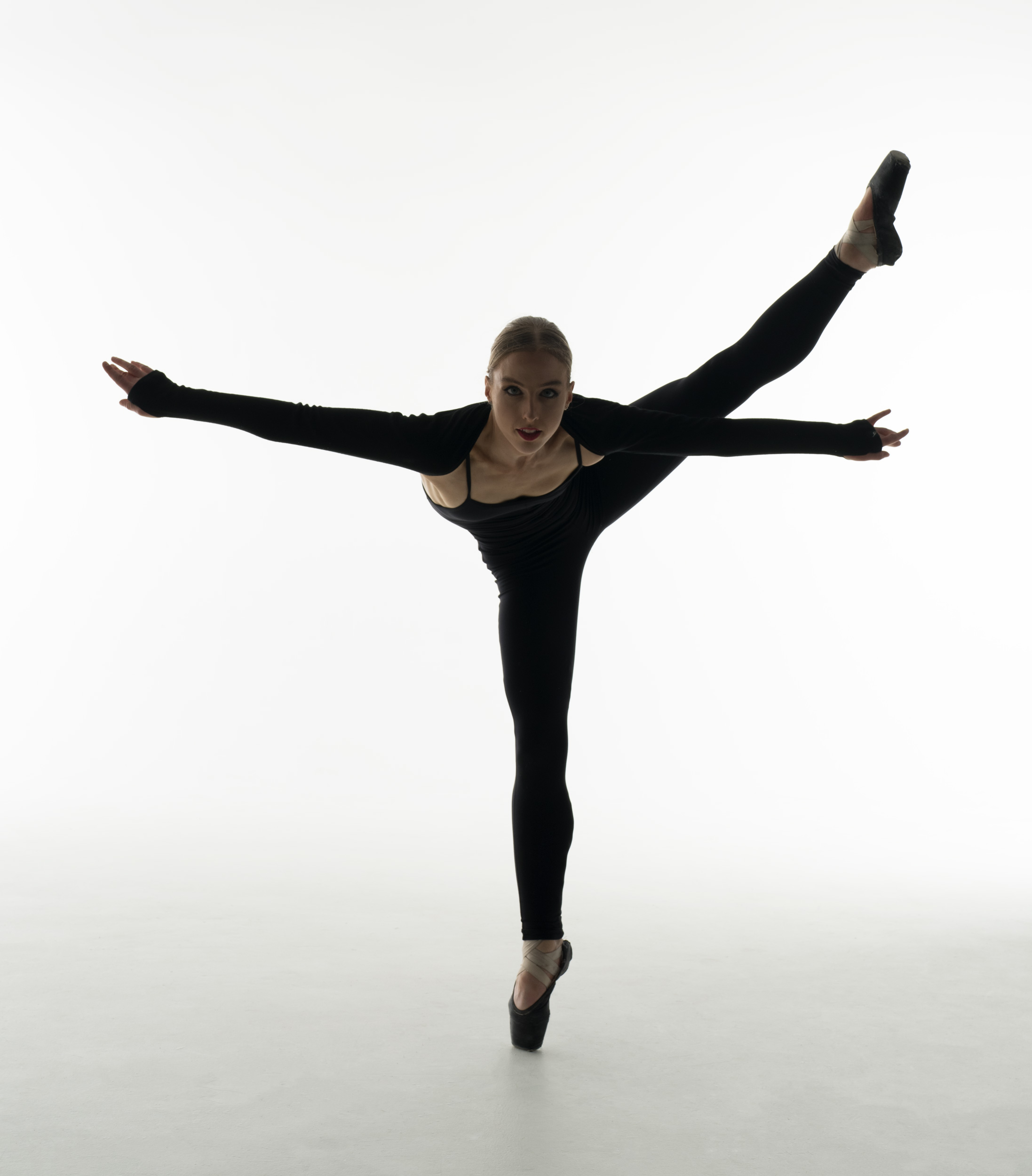 a1_74911c_2500
a1_74911c_2500 I asked Renee to wear a full-length black leotard because I like doing silhouette / semi-silhouette images, like the feature and last images, and a dancer is perfect for those. Renee is excellent at making shapes, and creating strong lines against the background. You'll also notice that she doesn't feel constrained to conventional ballet forms... Her version of the bridge pose raises the difficulty score to 11 (and how often do you see a perfectly flat abdomen in that pose?).
The Sony A1 was the first full frame digital camera able to shoot with studio flash using electronic shutter (the Nikon Z9 has joined it since, and I believe the Canon R3 can, too). The A1 has a flash sync of 1/200 on electronic shutter (and an unusual 1/400 using mechanical shutter, but I doubt I will ever use that). When I was using, for example, a Canon 1Ds III (with a flash sync of 1/250) I found myself using 1/200 (using Elinchrom's first generation EL Skyport radio trigger) to ensure I got a clean frame (without a black edge). That might have changed with their later trigger, but by then I was accustomed to slowing my shutter speed when using studio flash units; I used 1/160 with the Canon 5Ds, which is specified as a 1/200 flash sync. But when I started with the A1, using the newer radio trigger (one for the Sony multi-interface flash shoe), I discovered I can use 1/200 without worries. That was a pleasant surprise.
I must admit that using an electronic shutter can be a bit disconcerting to a professional model, because many are accustomed to hear the shutter to confirm that the photographer has taken the shot. I can turn on a "sound", but I really like the silence. That is ameliorated when using studio flash (the burst of light gives it away).
These images are a bit more processed than most of the images I show you, but that is normal for my studio work. I'm not a "straight-out-of-camera" shooter in the studio, and I regard processing as part of the image creation. Most of these were processed with Photoshop, but one was processed with DxO PhotoLab 4.
The Sony A1 has changed my photography in multiple ways, but I didn't think it has changed my shooting with studio flash much, apart from distracting the model by shooting silently. That was before I realised that the A1 eye autofocus, and its ability to focus on the model's eyes almost anywhere in the frame, has made "focus and recompose" a thing of the past - that matters.
